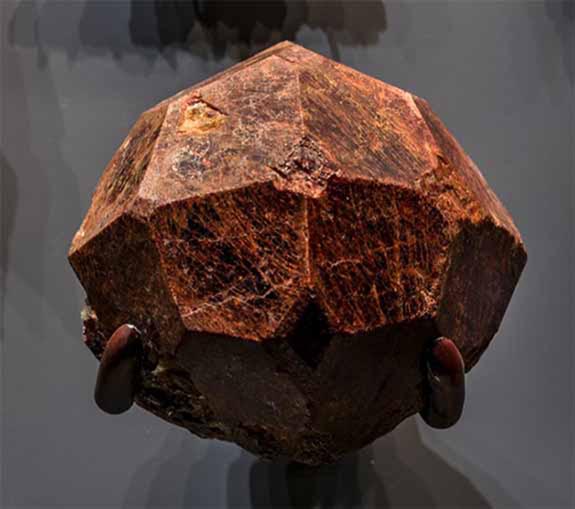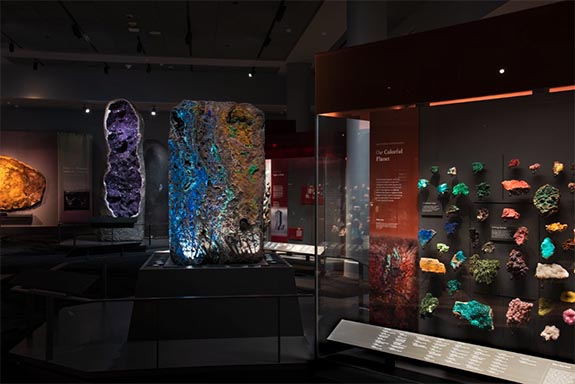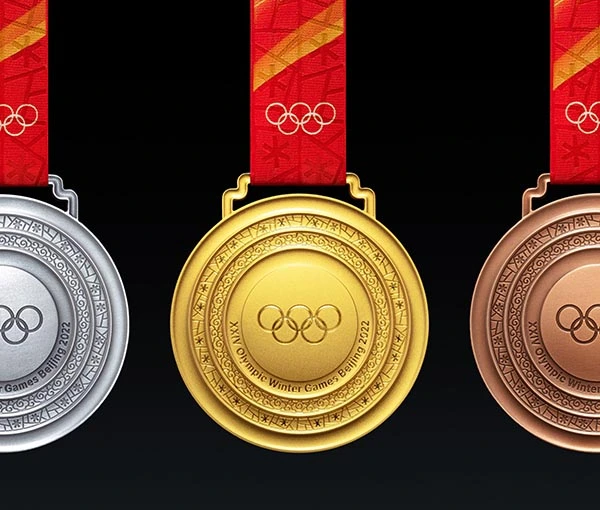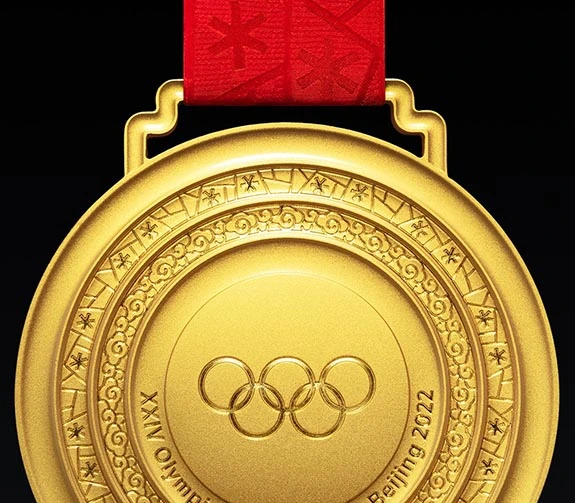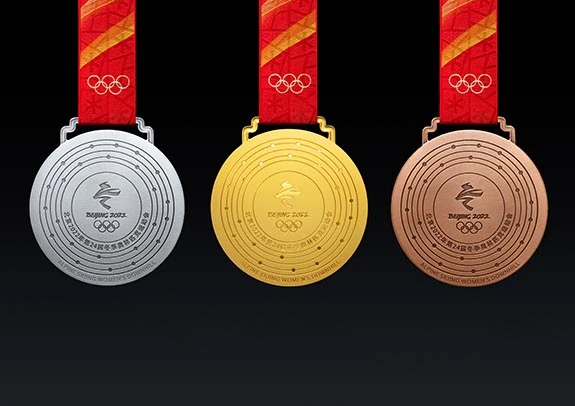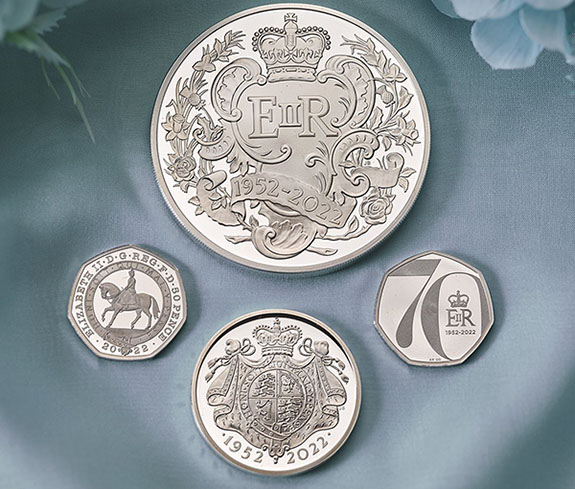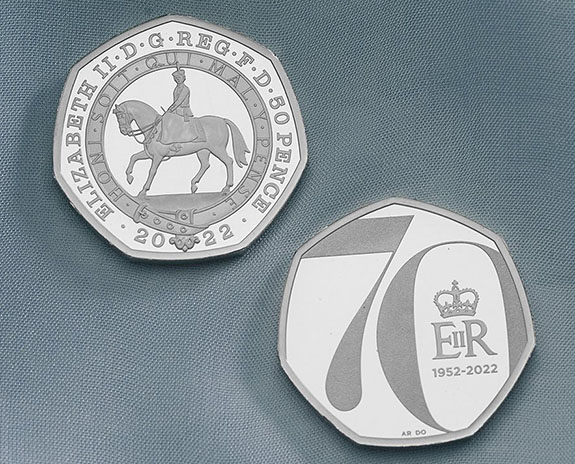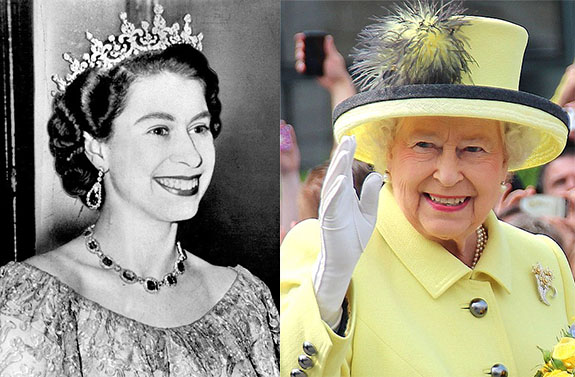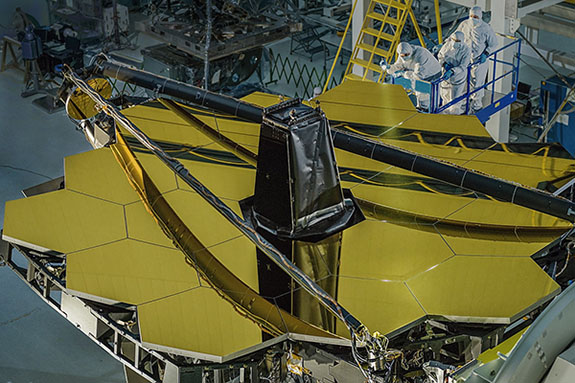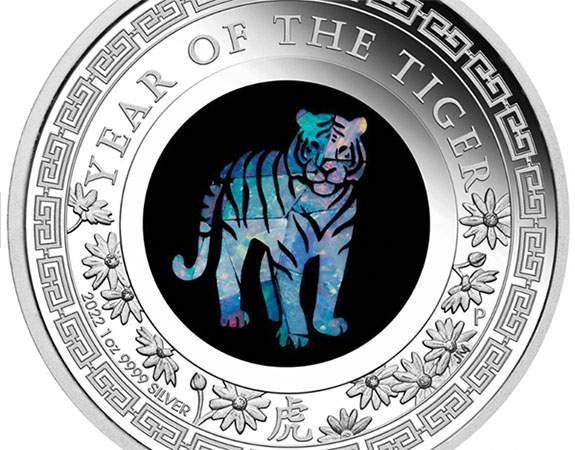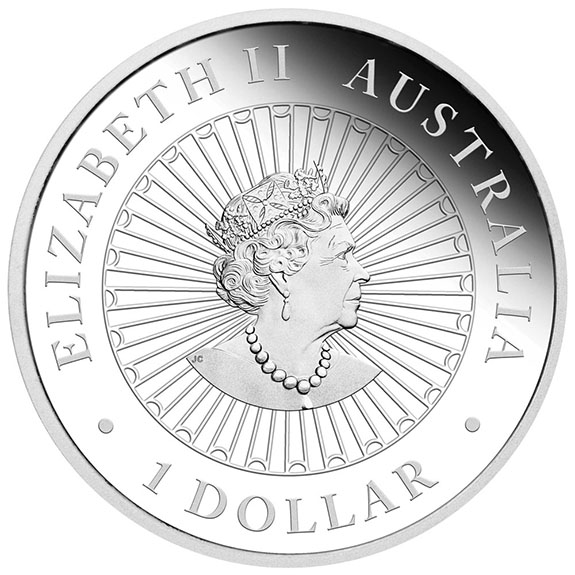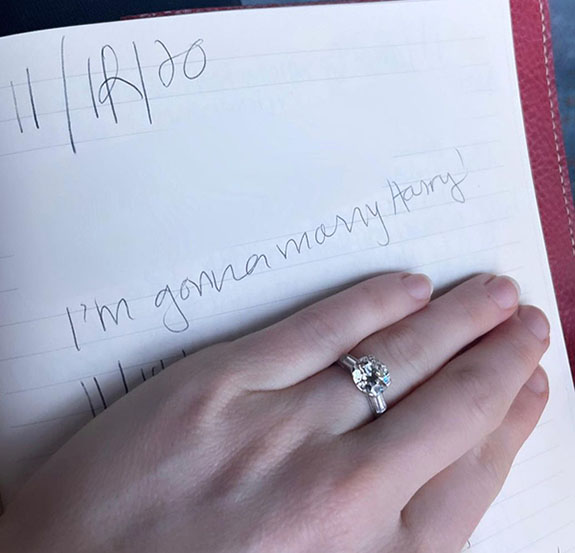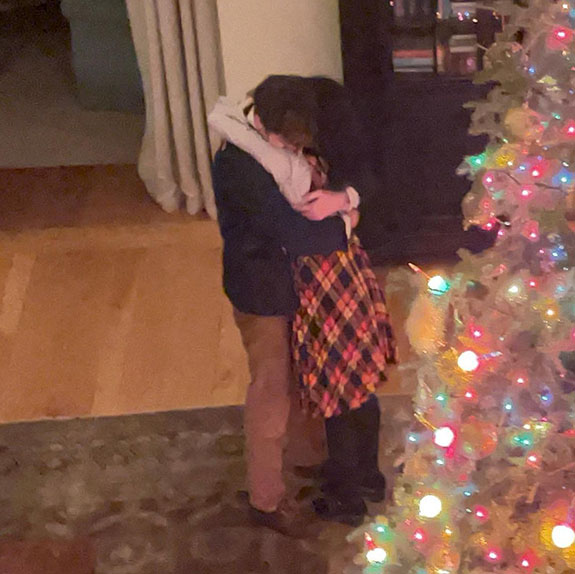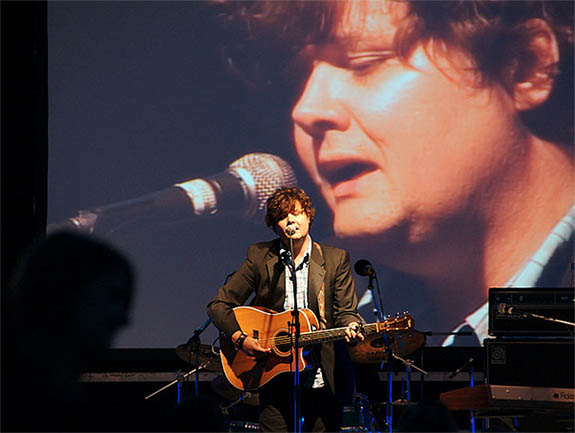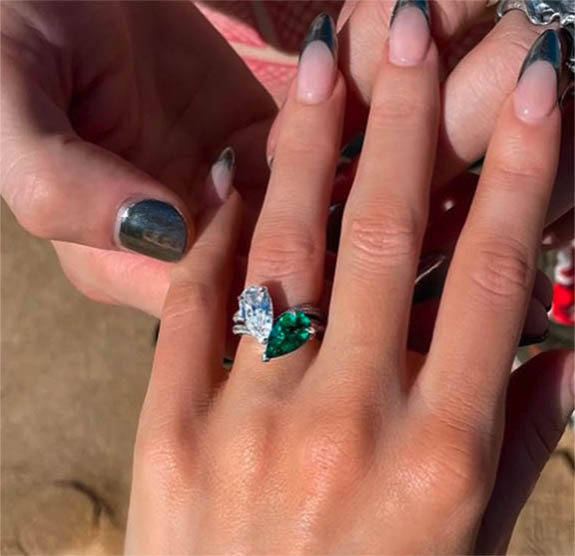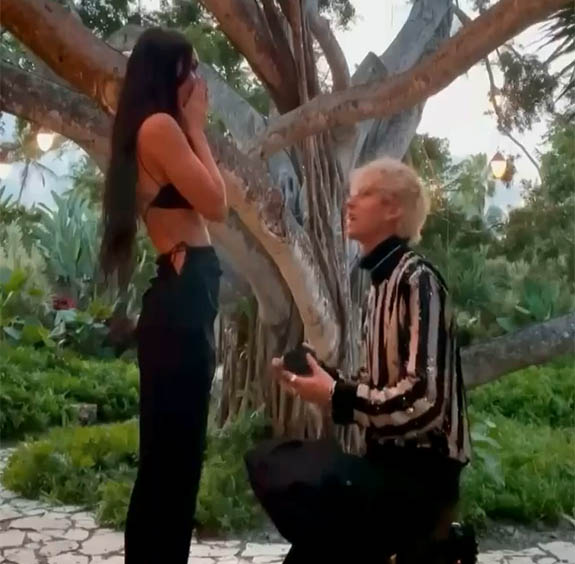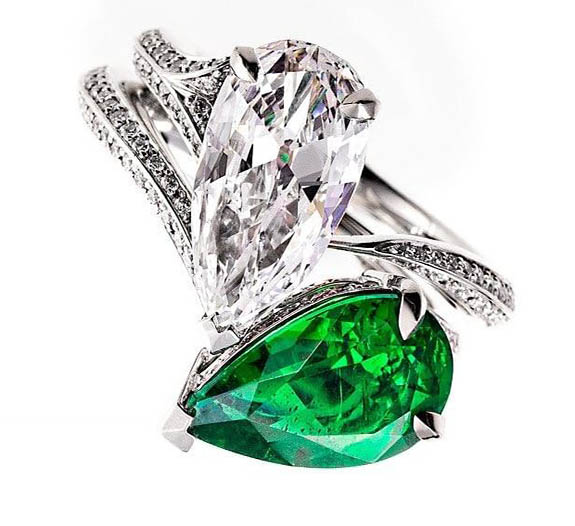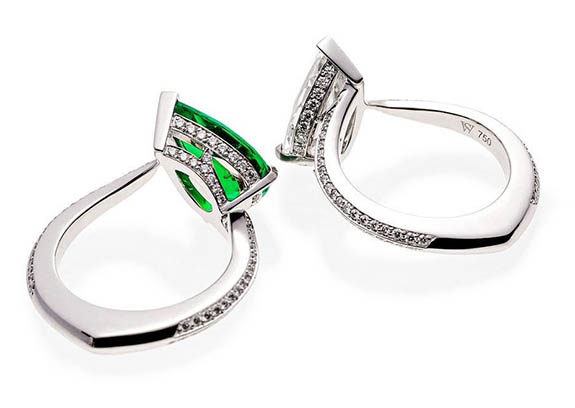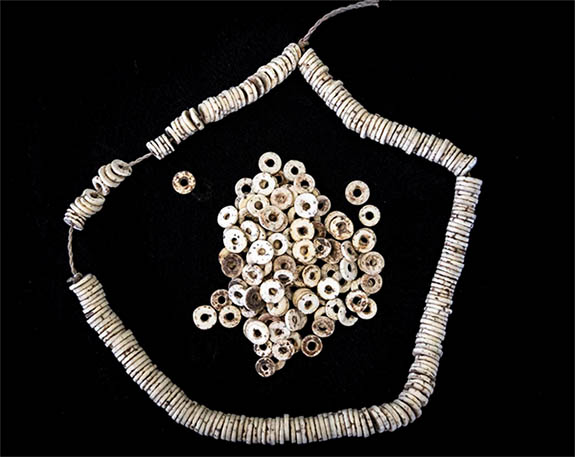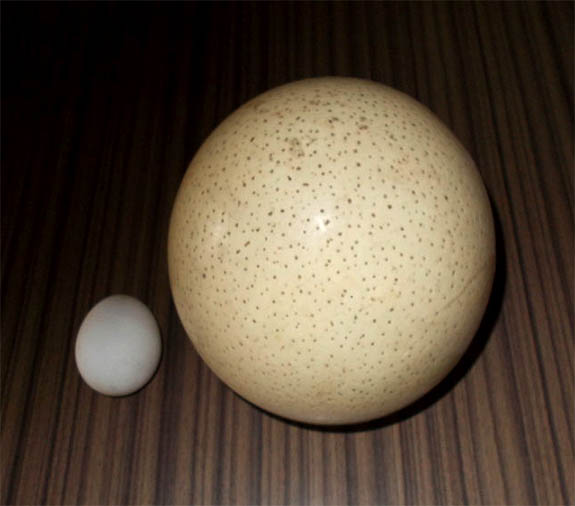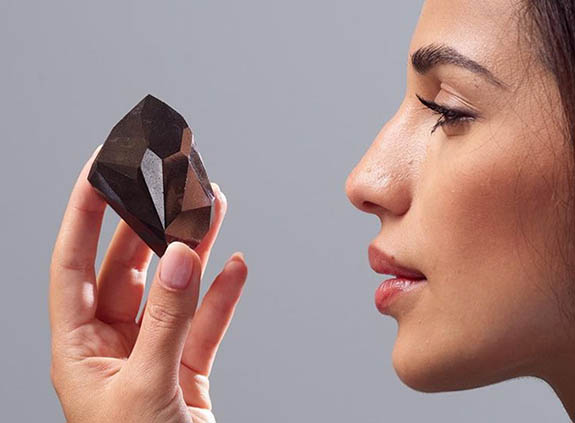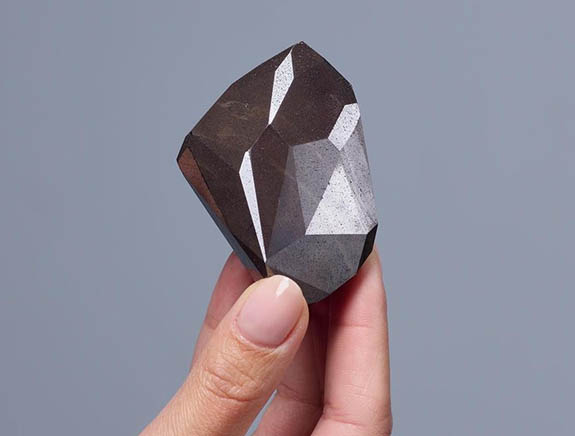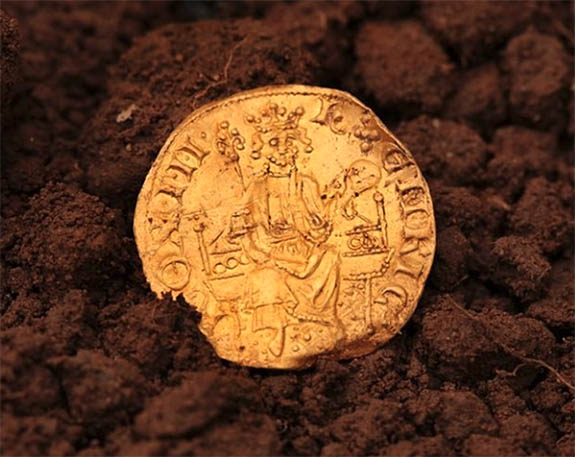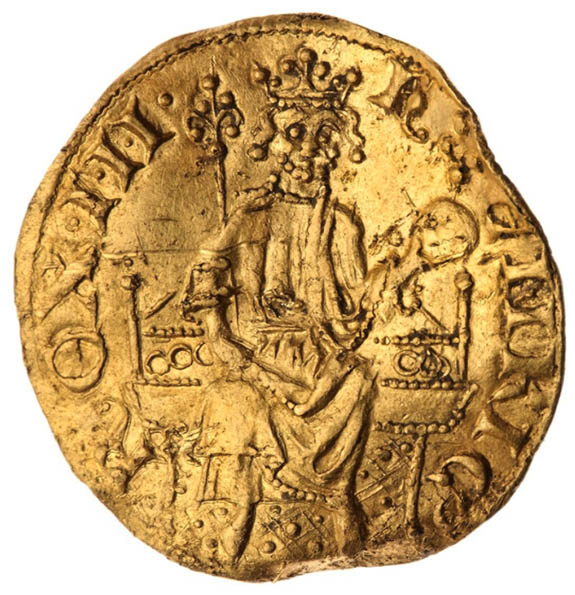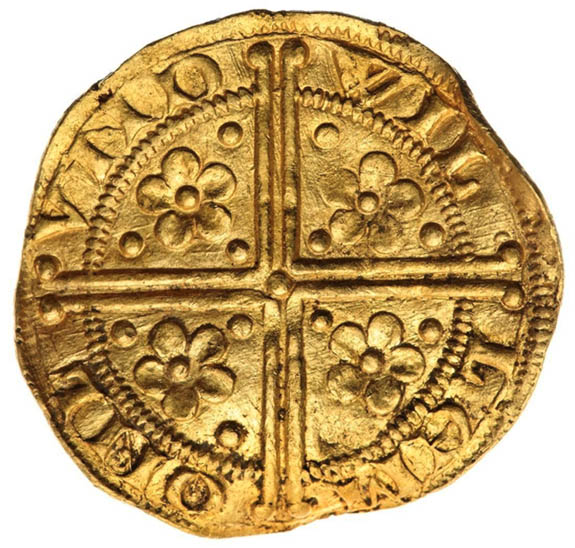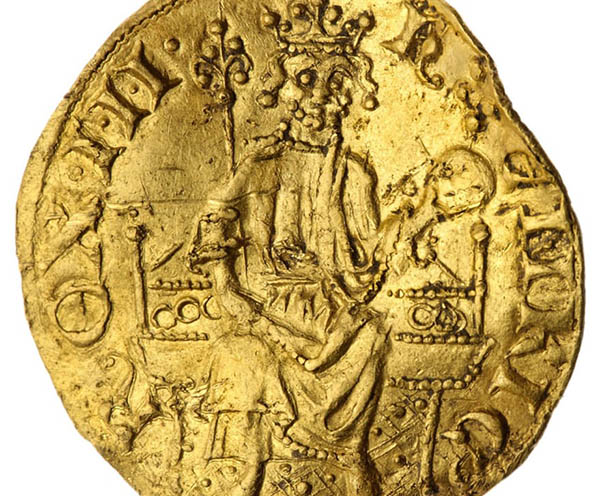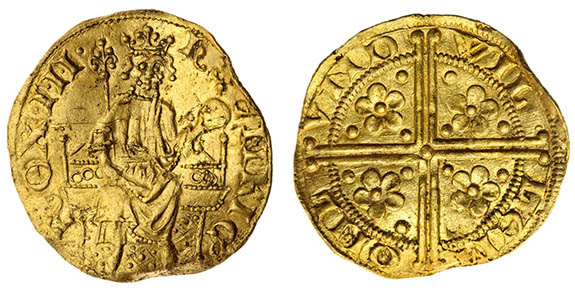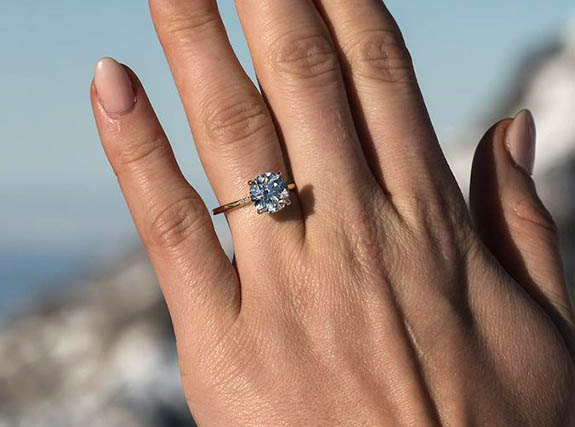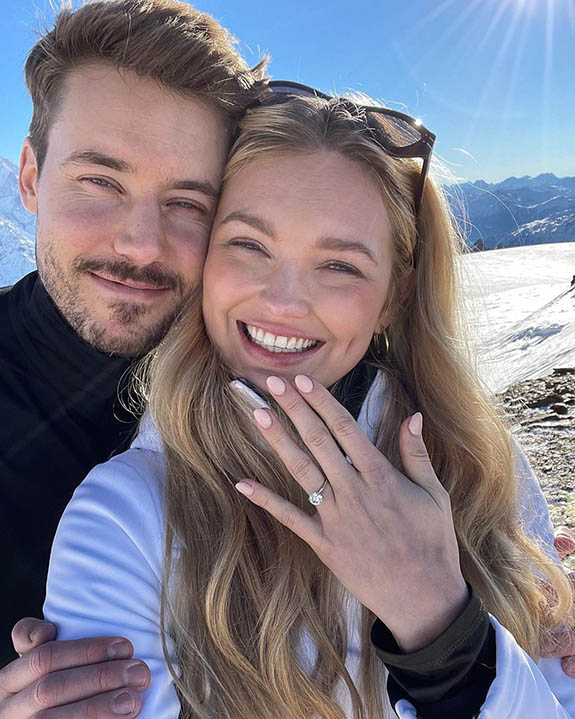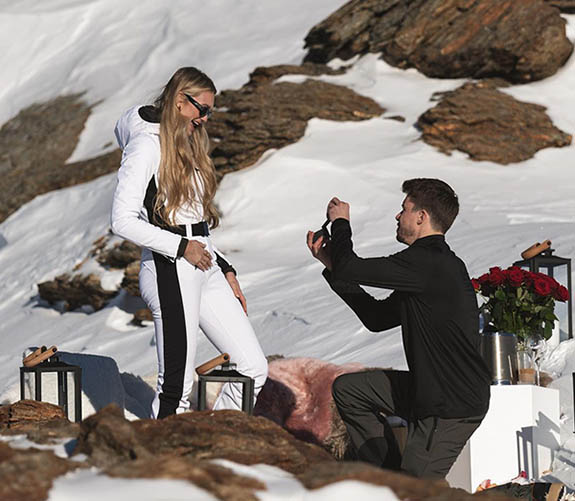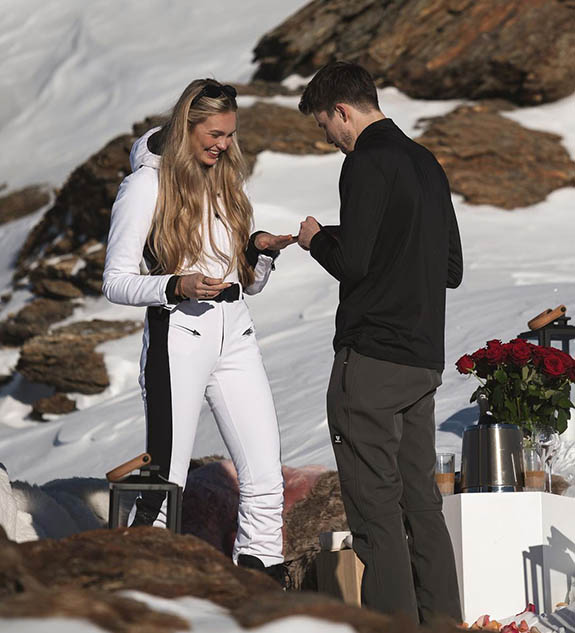January 3rd, 2022
Fancy-diamond specialist Diacore — the company responsible for cutting the Pink Star, the most expensive gem ever sold at auction — recently purchased an exceptional 32.32-carat pink rough diamond for $13.8 million, or about $427,000 per carat.
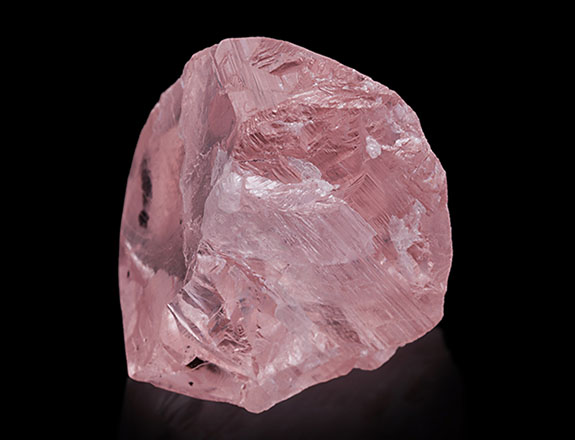
Diacore's purchase of the pink diamond was the highlight of Petra Diamond's first tender of goods from its Tanzania-based Williamson mine, which had been shuttered early in 2020 due to COVID and is expected to restart its operations in the first quarter of 2022.
"This rare masterpiece of nature is a natural fit to our unique offering as cutters and marketeers of special diamonds," noted Diacore chairman Nir Livnat in a statement. "Looking forward to work[ing] with the team on a stellar one-of-a-kind gem."
Diacore explained that the rare pink diamond will be analyzed, designed and cut by the company's highly experienced team to unlock its magnificent hidden beauty.
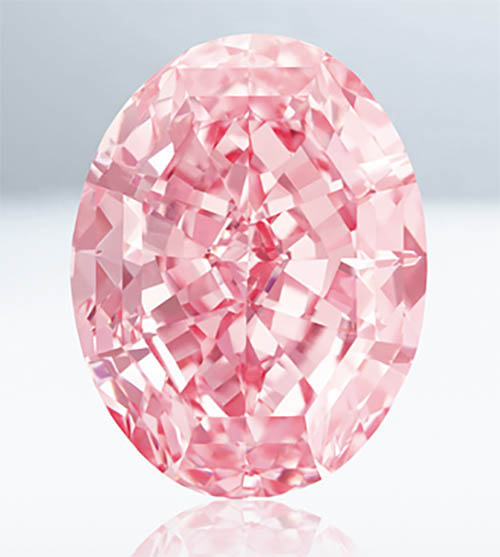
The company is credited with a portfolio of some of the highest-profile diamonds of all time. Among them is the 59.60-carat Pink Star. In April of 2017, the flawless, fancy vivid pink diamond shattered the world record for the highest price ever paid for any gem at auction. Hong Kong-based luxury jewelry retailer Chow Tai Fook bid $71.2 million ($1.19 million per carat) to secure the diamond at Sotheby’s Magnificent Jewels and Jadeite sale in Hong Kong.
Diacore was responsible for taking the original 132.5-carat rough diamond and fashioning it into an oval mixed-cut masterpiece — a process that would take two years. The gem had been unearthed by De Beers in Botswana in 1999.
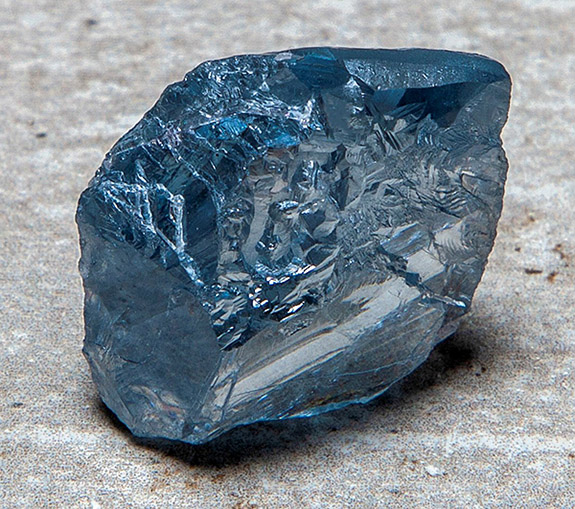
The Geneva-based manufacturer also made news in July of 2021 when it joined with DeBeers to purchase a 39.34-carat blue rough diamond sourced at South Africa’s iconic Cullinan Mine. The price was $40.1 million, or just over $1 million per carat.
Diacore is a multinational diamond company with diversified interests in the diamond industry. It provides rough and polished diamonds to customers around the world and operates manufacturing facilities in Botswana, South Africa, Namibia and New York.
Credits: Rough diamond images courtesy of Diacore. Pink Star image courtesy of Sotheby's.

Diacore's purchase of the pink diamond was the highlight of Petra Diamond's first tender of goods from its Tanzania-based Williamson mine, which had been shuttered early in 2020 due to COVID and is expected to restart its operations in the first quarter of 2022.
"This rare masterpiece of nature is a natural fit to our unique offering as cutters and marketeers of special diamonds," noted Diacore chairman Nir Livnat in a statement. "Looking forward to work[ing] with the team on a stellar one-of-a-kind gem."
Diacore explained that the rare pink diamond will be analyzed, designed and cut by the company's highly experienced team to unlock its magnificent hidden beauty.

The company is credited with a portfolio of some of the highest-profile diamonds of all time. Among them is the 59.60-carat Pink Star. In April of 2017, the flawless, fancy vivid pink diamond shattered the world record for the highest price ever paid for any gem at auction. Hong Kong-based luxury jewelry retailer Chow Tai Fook bid $71.2 million ($1.19 million per carat) to secure the diamond at Sotheby’s Magnificent Jewels and Jadeite sale in Hong Kong.
Diacore was responsible for taking the original 132.5-carat rough diamond and fashioning it into an oval mixed-cut masterpiece — a process that would take two years. The gem had been unearthed by De Beers in Botswana in 1999.

The Geneva-based manufacturer also made news in July of 2021 when it joined with DeBeers to purchase a 39.34-carat blue rough diamond sourced at South Africa’s iconic Cullinan Mine. The price was $40.1 million, or just over $1 million per carat.
Diacore is a multinational diamond company with diversified interests in the diamond industry. It provides rough and polished diamonds to customers around the world and operates manufacturing facilities in Botswana, South Africa, Namibia and New York.
Credits: Rough diamond images courtesy of Diacore. Pink Star image courtesy of Sotheby's.



